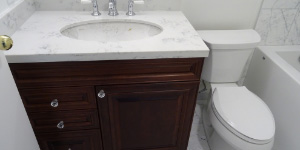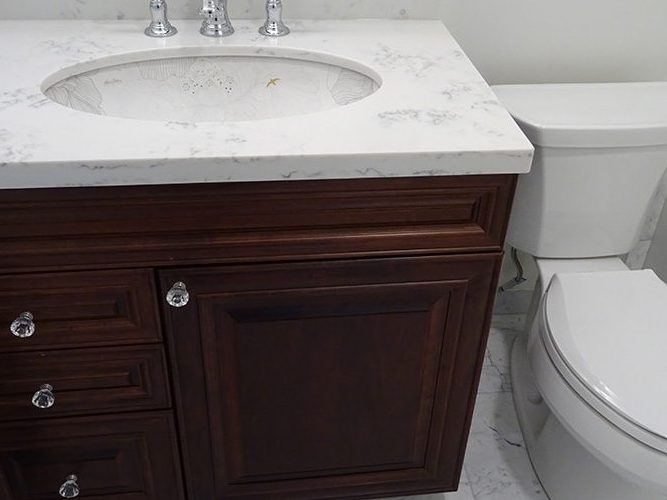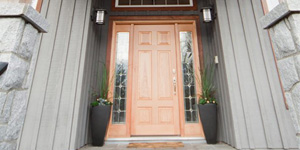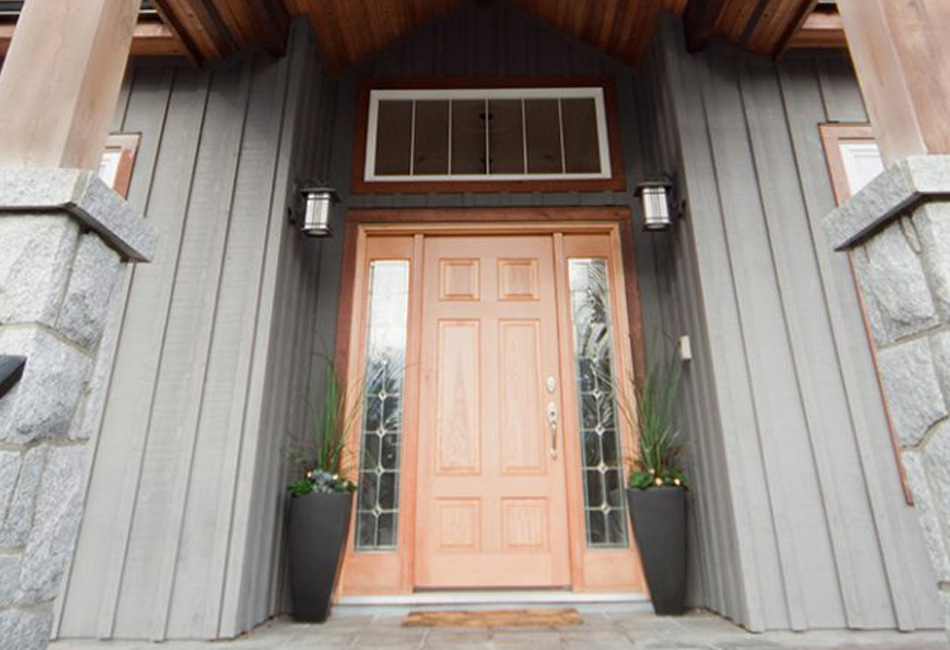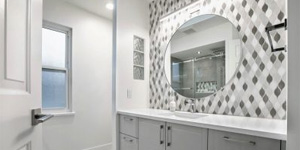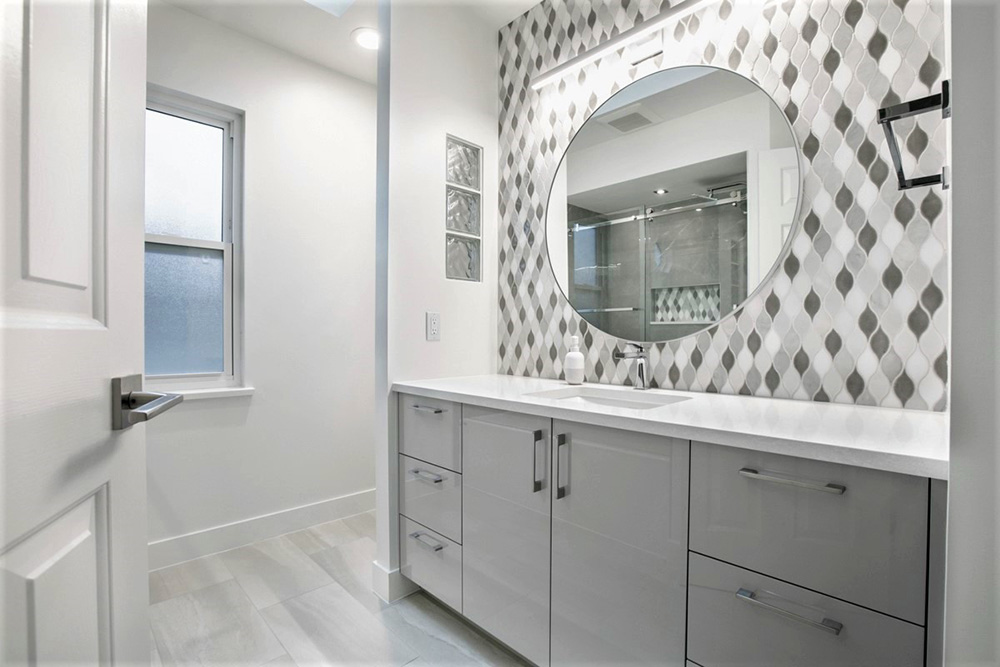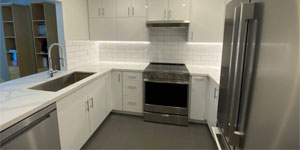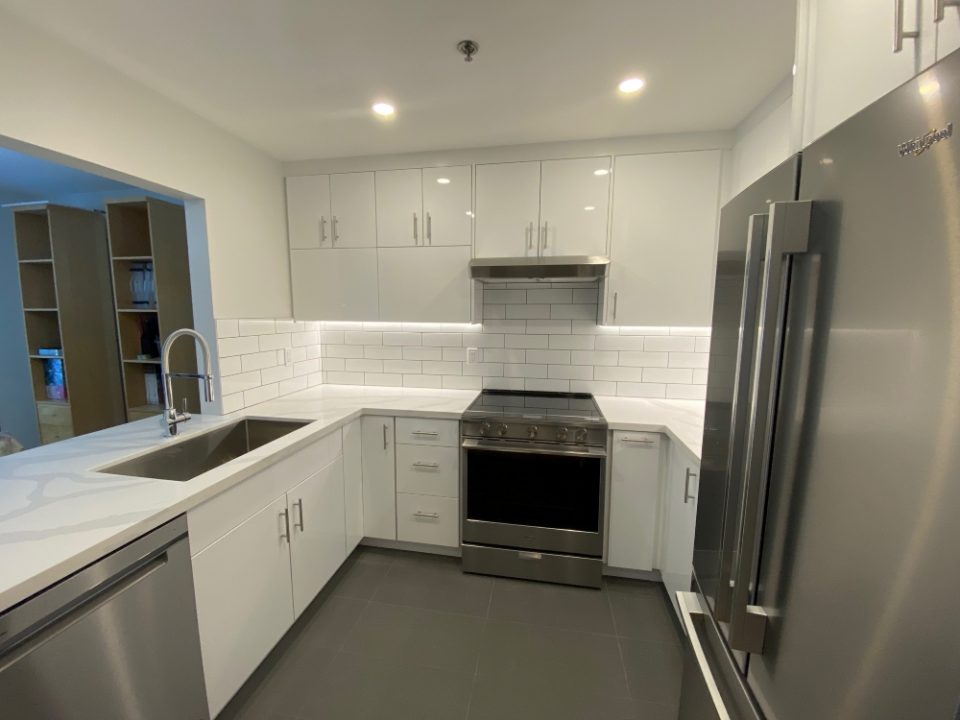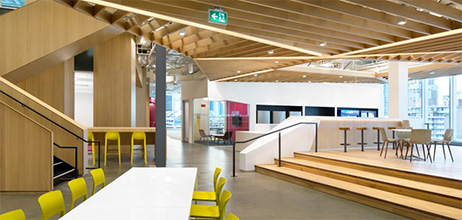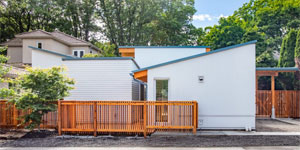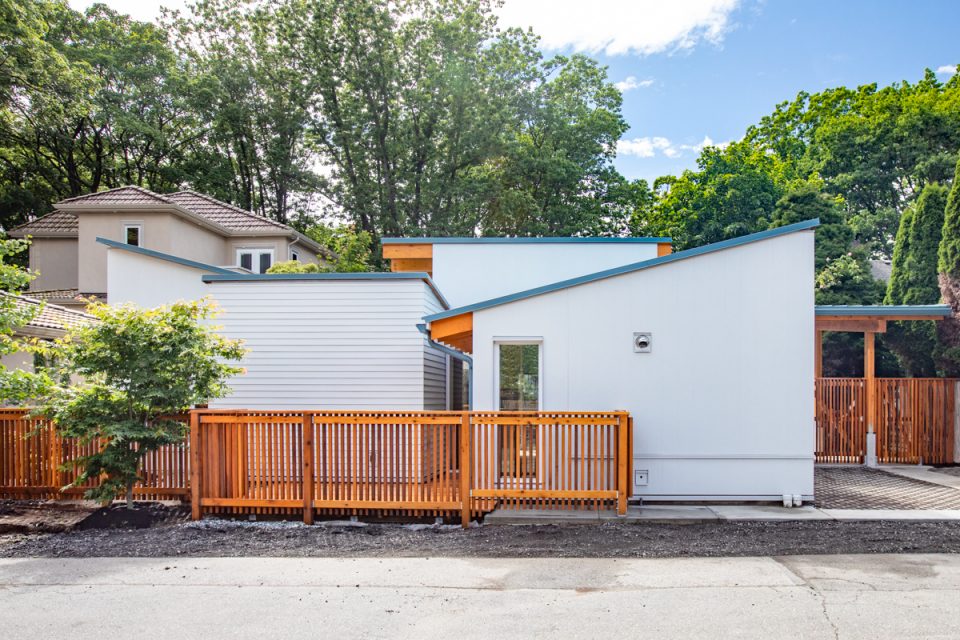
How Much Does It Cost to Renovate a Fitness Centre in Vancouver?
Renovating a fitness centre is a big decision that requires careful planning and budgeting. The cost of renovating a fitness centre in Vancouver can vary widely depending on several factors. In this blog post, we will provide you with an overview of the cost of renovating a fitness centre in Vancouver and some tips to help you keep the cost down.
Assessing your Needs
The first step in renovating a fitness centre is to assess your needs. Do you need to upgrade your equipment, change the layout, or add new features? The cost of renovating a fitness centre in Vancouver will depend on the scope of work you need to do. If you only need minor upgrades, your cost will be lower than if you need major changes.
Factors that Affect the Cost
Several factors affect the cost of renovating a fitness centre in Vancouver. These include labour costs, materials, equipment, permits, and design services. Labour costs will depend on the size of the project and the amount of work that needs to be done. Materials and equipment costs will depend on the quality and quantity of the materials and equipment you need. Permits and design services will also add to the overall cost of the project.
Tips to Keep the Cost Down
There are several ways to keep the cost of renovating a fitness centre down. You can do some of the work yourself to save on labour costs. You can also choose less expensive materials and equipment that still meet your needs. To save on design services, you can use templates and other design tools available online. Finally, it’s important to plan your project carefully to avoid any unexpected costs.
Hiring Professional Help
While there are ways to keep costs down, there are certain aspects of renovating a fitness centre that require professional help. For example, if you need to make structural changes, you will need an engineer. If you need electrical work, you will need a licensed electrician. Hiring professionals may add to the cost of the project, but it can save you money in the long run by ensuring that the work is done properly.
Renovating a fitness centre is a complex project that requires careful planning and budgeting. The cost of renovating a fitness centre in Vancouver can vary widely depending on several factors. By assessing your needs, considering the factors that affect the cost, following tips to keep the cost down, and hiring professional help when needed, you can renovate your fitness centre on budget. If you’re a business owner or marketing manager looking to renovate a fitness centre in Vancouver, we hope this blog post has provided you with valuable information and insights to guide you in your project.


